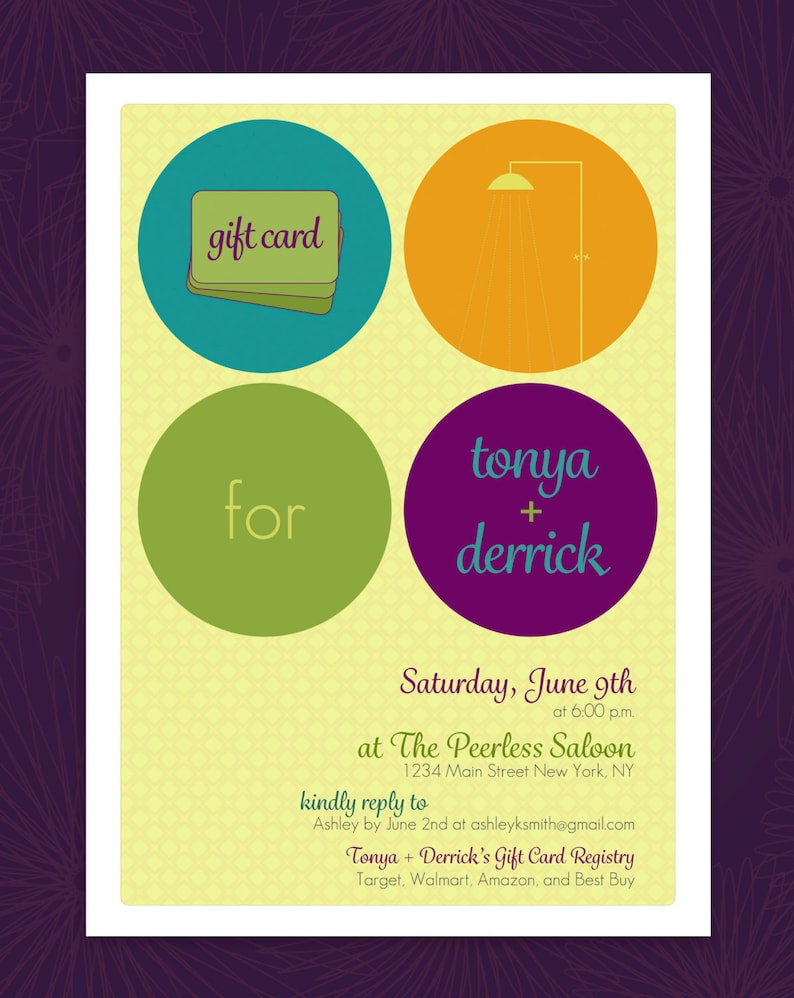Glass etching is a fun and simple means to include an individual touch to glassware. Designs created utilizing engraving cream are long-term and dishwasher safe.
Select a stencil style from the Cricut Access Library or produce your very own in Cricut Design Area. You will certainly require to weed the vinyl, which is done by eliminating the internal parts of the design with a weeding tool or tweezers.
Stencil Kind
Making use of the "Make" option in Cricut Style Room to develop stencils from versatile plastic movie is a fantastic method to promptly make a custom style for your glass engraving task. When making a custom stencil, make sure to select a photo that is very easy to weed and has a simple unfavorable area.
These patterns are made from a sturdy, flexible material that can be used on level or spherical surfaces and are recyclable as much as 20 times. They are most frequently made use of with Armour engraving cream, but can likewise be utilized with sand etching paste.
These patterns are applied by rubbing the top provider sheet to adhere the pattern to your glass job. They can be made use of with Armour engraving lotion, or for a much less unpleasant application, with sand etching paste. They can be re-used approximately 20 times, as long as the stencil is washed and dried thoroughly between uses. These stencils are available at most craft stores, but are typically more affordable online.
Pattern Products
Include a custom-made pattern style to your glasses utilizing engraving cream for a lovely and traditional appearance that lasts a lot longer than vinyl decals. This method is ideal for daily glasses and glass baking dishes.
Creating your own stencil in Cricut Design Room is simple, simply choose a picture with basic unfavorable area and size it to the appropriate size for your glass. Once you have your design all set, make use of a weeding device to get rid of the locations that aren't going to be etched.
Apply the pattern to your tidy, completely dry glass surface and smooth it out to remove any air bubbles. When using the pattern, make certain it is securely pushed down and that there are no open areas. Place on your safety and security handwear covers and protective eyewear prior to opening up the engraving cream, as it is caustic. Once your etching lotion is used, set a timer for one minute. After the timer has actually gone off, clean the glass with cozy water and gently peel away the pattern.
Pattern Adhesives
There are 2 main methods to etch glass: sandblasting and making use of engraving cream. Sandblasting is a powerful strategy that makes use of high-pressure air to drive rough material onto a surface area, and it's suitable for producing elaborate designs and appearances on glass products like windows, mirrors, and drinkware. Glass etching lotion is an acid-based substance that can be used to develop attractive borders or patterns on glass items. To make use of etching cream, initial clean the glass surface and area the stencil firmly over it. After that, apply a thick layer of etching lotion over the stencil using a paintbrush. Make certain to stay within the stencil's sides, as any excess cream can permeate under the stencil and cause voids and uneven etching.
Leave the etching lotion on the glass for the engraved family name signs quantity of time recommended by the item's instructions. Once the etching is total, rinse the glass under cold water and dry it with a clean lint-free cloth.
Stencil Sizes
Stencils are available in a wide variety of dimensions. Little patterns have to be less complex even if they are harder to cut and they can obtain damaged by natural under spray (the paint haze that gets beneath the stencil via tiny voids). Larger patterns can be used with a selection of media including paint, inks and dyes.
Transforming the style on a pattern is simple. Unlike wallpaper that requires to be totally removed before the following year's new taste, you can simply use new colored paint over the pattern.
Stenciling is a historic paint technique, going back to prehistoric times. It reached its elevation of sophistication with katazome and various other techniques on silks for garments in Japan and Europe from about 1450. It is also frequently made use of to color old master prints theoretically. The stencil is both the intermediate things and the resulting design. This is an excellent way to make an unique piece of wall surface art.
